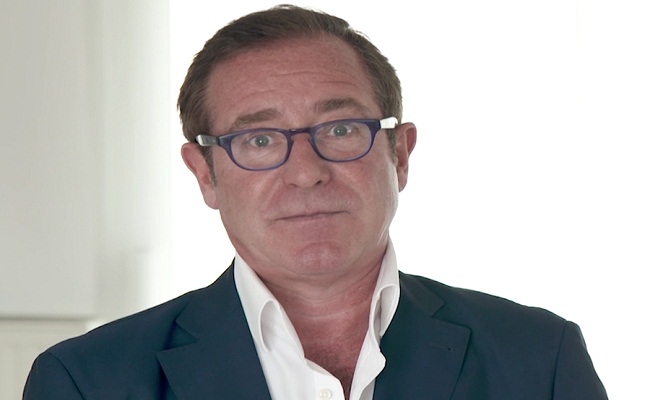UAE Wants Venezuela to Join KP and Stabilize Situation in CAR in 2016
February 14, 16
David Brummer: What are the main aims of the KP under the chairmanship of UAE?
Peter Meeus: We have two main aims as far as the KP is concerned. The chairman Ahmed Bin Sulayem has recently been on a visit to Venezuela, to underscore the desire for it to be able to return to diamond trading. At the Luanda Plenary meeting in November, the KP said that the potential readmission of Venezuela would be investigated in the first quarter of 2016 with a dedicated review mission, and it has been among the first items on our agenda.
However, the KP chairman also wishes to encourage Venezuela’s neighbors, countries rich in diamonds such as Guyana and Brazil, to also join the review mission team.
Our second aim is to try and stabilize the situation in Central African Republic (CAR) as much as we can. They are holding elections today (February 14) and we have to hope that if the government changes then it is a smooth transition of power.
At the KP Intercessional Meeting in Luanda in June, it was announced that CAR could restart its diamond exports, although this has still yet to take place. The operational framework that has been put in place is quite complex, but it is within our remit to offer technical assistance, including sending a monitoring team to the country to kick-start official operations. There is still an issue with conflict diamonds in CAR, they have limited resources, but as KP chair we are happy to provide the administrative, logistical and technical expertise to ensure that the country’s diamond trade gets back on track.
Is there any update regarding the situation with Partnership Africa Canada?
Their non-participation in the Kimberley Process in 2016 under UAE’s chairmanship is a source of deep regret. We have now reached the point where the World Diamond Council (WDC) has agreed to mediate the matter between the two sides. We have prepared a proposal for how to proceed with the WDC and there will be an announcement in the very near future.
How has UAE dealt with the tough financial conditions over the last few years?
There can be no doubt that 2015 was a very difficult financial year globally. Several factors have impacted our industry in Dubai. The weaknesses in foreign currencies, particularly the euro and Russian ruble, and the issues in China, have affected both polished prices and retail buying power. Factor in plummeting oil prices and commodities’ volatility and you have a challenging economic outlook.
We also inhabit a part of the world where geopolitics and economics can sometimes form a combustible mix. Any kind of volatility, whether it is geopolitical or economic does not breed confidence – and it is a big issue. There might be an opportunity with the end of sanctions against Iran, and countries such as China, UK and France etc. have already begun to do business there. Dubai has historical trade ties with Iran, so the increase in trade to it could benefit us too.
What positive developments are taking place in Dubai?
Even though the issue of liquidity in the industry has been a problematic one for some time now, the National Bank of Fujairah’s opening of a diamond financing office at the DMCC was an important step, and we are confident that others will follow. We also want to enhance the relationship between Indian and UAE banks. To that end we will shortly hold the second, in a series of three Diamond Finance Seminars exclusively for Indian banks in March or April. We have deep historical ties with India and there is a large expat Indian community, as well as people who work during the week in India and in Dubai at the weekends. Indians feel safe in Dubai and real estate is much cheaper there than in Mumbai for example.
The recently published Bain Fifth Annual Diamond Industry Report suggested that the Gulf Cooperation Council (GCC) will buck the global trend and see growth over the next few years. The Gulf states only have a population of around 200 million people, but they are responsible for 9 percent of world consumption. The percentage of High Net Worth Individuals (HNWIs) is obviously a significant factor in this.
Do you have any predictions for the rest of 2016?
Not really. And judging by 2015 it would be hard to say anything with any great certainty. There are a number of issues that we need to think about. Are stock levels really as low as we have been led to believe? If they are, then people will be forced to buy. I think that it would be beneficial for the diamond trade if the price of rough was more closely aligned with polished prices – but I cannot predict whether that will happen. Tied in with this is the issue of liquidity, which has been and will continue to be an area that needs attention.